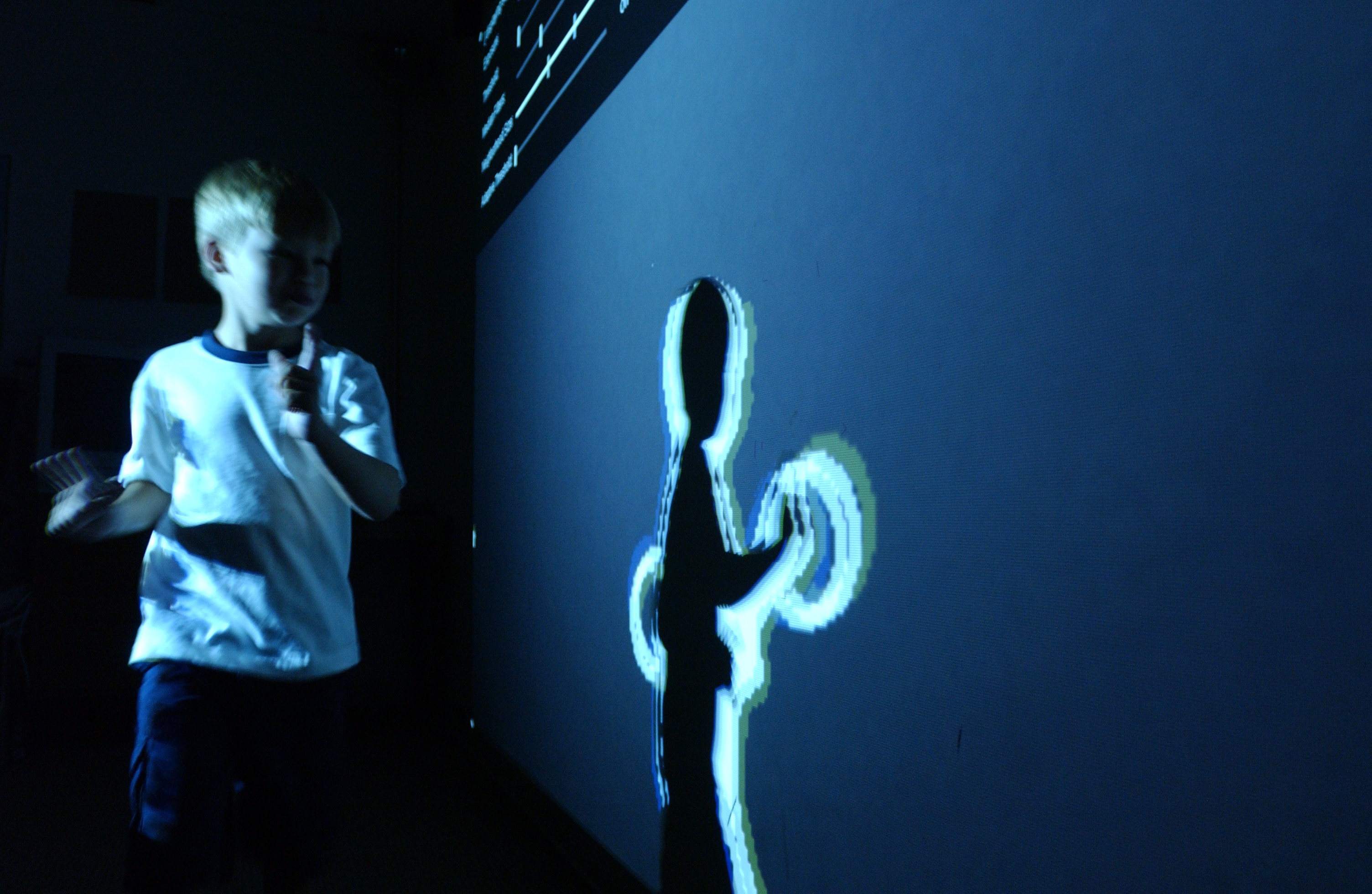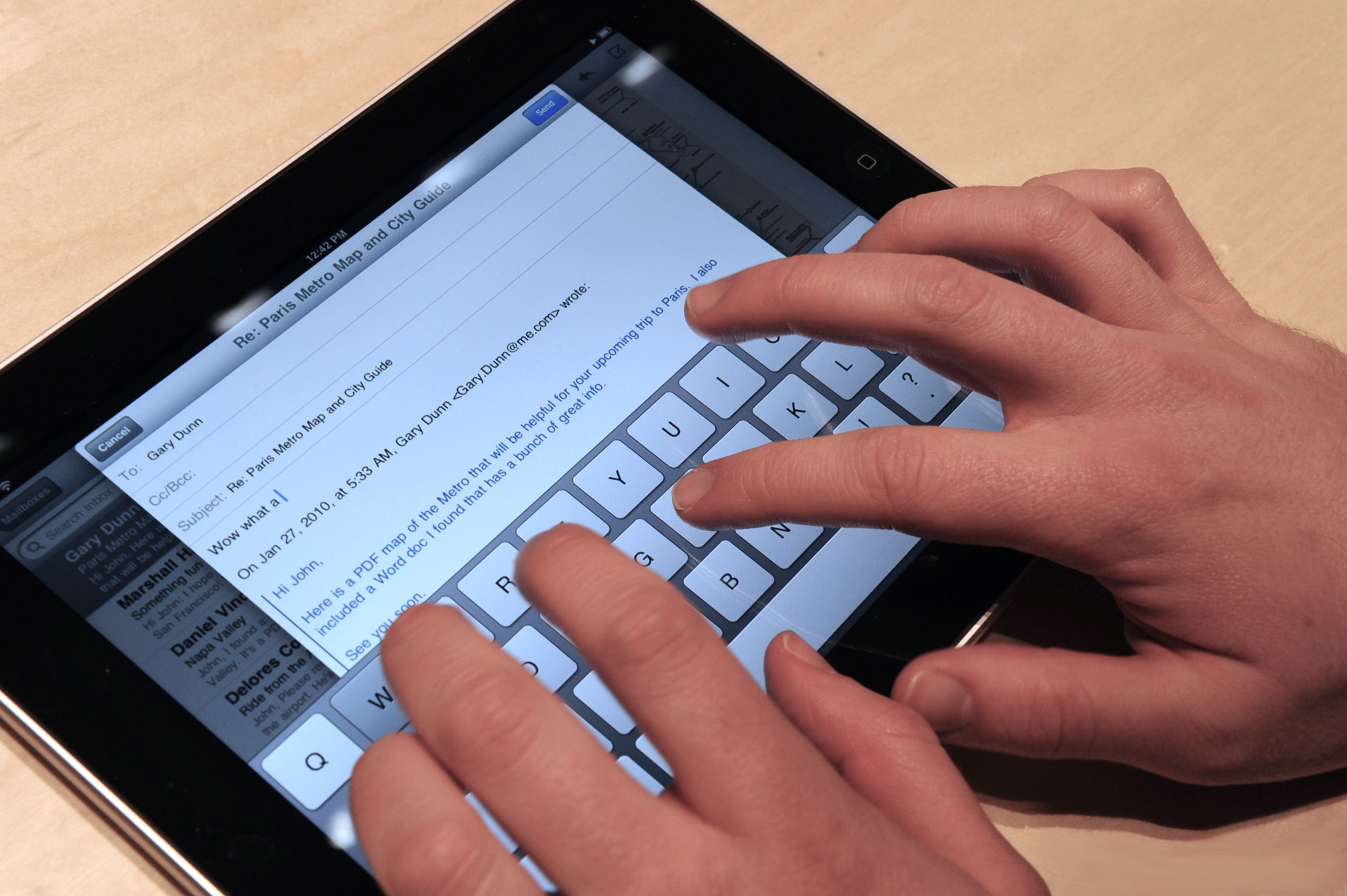|
Gesture-enhanced Single-touch
Gesture-enhanced single-touch, also known as "dual control", "gesture touch", and often "dual-touch", describes the ability of a touchscreen to register certain two-finger gestures, despite lacking hardware that would allow it to fully register all two-finger movements. A very common application of gesture-enhanced single-touch technology is the pinch-to-zoom gesture, which allows the user to zoom in or out by moving two fingers farther apart or closer together while touching the display. Technical background An important technical reason for the limitation to gesture-enhanced single-touch instead of allowing dual-touch or multi-touch is the type of sensor hardware in the display. Many touchscreen technologies obtain two independent measurements per touch to acquire a 2-dimensional position. Given two distinct touches, however, this returns two pairs of measurements, which can be combined in two ways, producing an ambiguous result. Thus, it is not possible to exactly determine the ... [...More Info...] [...Related Items...] OR: [Wikipedia] [Google] [Baidu] |
Touchscreen
A touchscreen or touch screen is the assembly of both an input ('touch panel') and output ('display') device. The touch panel is normally layered on the top of an electronic visual display of an information processing system. The display is often an LCD, AMOLED or OLED display while the system is usually used in a laptop, tablet, or smartphone. A user can give input or control the information processing system through simple or multi-touch gestures by touching the screen with a special stylus or one or more fingers. Some touchscreens use ordinary or specially coated gloves to work while others may only work using a special stylus or pen. The user can use the touchscreen to react to what is displayed and, if the software allows, to control how it is displayed; for example, zooming to increase the text size. The touchscreen enables the user to interact directly with what is displayed, rather than using a mouse, touchpad, or other such devices (other than a stylus, which is opti ... [...More Info...] [...Related Items...] OR: [Wikipedia] [Google] [Baidu] |
Gesture Recognition
Gesture recognition is a topic in computer science and language technology with the goal of interpreting human gestures via mathematical algorithms. It is a subdiscipline of computer vision. Gestures can originate from any bodily motion or state, but commonly originate from the face or hand. Focuses in the field include emotion recognition from face and hand gesture recognition, since they are all expressions. Users can make simple gestures to control or interact with devices without physically touching them. Many approaches have been made using cameras and computer vision algorithms to interpret sign language, however, the identification and recognition of posture, gait, proxemics, and human behaviors is also the subject of gesture recognition techniques. Gesture recognition can be seen as a way for computers to begin to understand human body language, thus building a better bridge between machines and humans than older text user interfaces or even GUIs (graphical user interf ... [...More Info...] [...Related Items...] OR: [Wikipedia] [Google] [Baidu] |
Multi-touch Gestures
In computing, multi-touch is technology that enables a surface (a touchpad or touchscreen) to recognize the presence of more than one point of contact with the surface at the same time. The origins of multitouch began at CERN, MIT, University of Toronto, Carnegie Mellon University and Bell Labs in the 1970s. CERN started using multi-touch screens as early as 1976 for the controls of the Super Proton Synchrotron. Capacitive multi-touch displays were popularized by Apple's iPhone in 2007. Plural-point awareness may be used to implement additional functionality, such as pinch to zoom or to activate certain subroutines attached to predefined gestures. Several uses of the term multi-touch resulted from the quick developments in this field, and many companies using the term to market older technology which is called ''gesture-enhanced single-touch'' or several other terms by other companies and researchers. Several other similar or related terms attempt to differentiate between whethe ... [...More Info...] [...Related Items...] OR: [Wikipedia] [Google] [Baidu] |
Multi-touch
In computing, multi-touch is technology that enables a surface (a touchpad or touchscreen) to recognize the presence of more than one somatosensory system, point of contact with the surface at the same time. The origins of multitouch began at CERN, MIT, University of Toronto, Carnegie Mellon University and Bell Labs in the 1970s. CERN started using multi-touch screens as early as 1976 for the controls of the Super Proton Synchrotron. Capacitive multi-touch displays were popularized by Apple Inc., Apple's iPhone in 2007. Plural-point awareness may be used to implement additional functionality, such as pinch to zoom or to activate certain subroutines attached to Gesture recognition, predefined gestures. Several uses of the term multi-touch resulted from the quick developments in this field, and many companies using the term to market older technology which is called ''gesture-enhanced single-touch'' or several other terms by other companies and researchers. Several other similar or ... [...More Info...] [...Related Items...] OR: [Wikipedia] [Google] [Baidu] |
Multi-touch
In computing, multi-touch is technology that enables a surface (a touchpad or touchscreen) to recognize the presence of more than one somatosensory system, point of contact with the surface at the same time. The origins of multitouch began at CERN, MIT, University of Toronto, Carnegie Mellon University and Bell Labs in the 1970s. CERN started using multi-touch screens as early as 1976 for the controls of the Super Proton Synchrotron. Capacitive multi-touch displays were popularized by Apple Inc., Apple's iPhone in 2007. Plural-point awareness may be used to implement additional functionality, such as pinch to zoom or to activate certain subroutines attached to Gesture recognition, predefined gestures. Several uses of the term multi-touch resulted from the quick developments in this field, and many companies using the term to market older technology which is called ''gesture-enhanced single-touch'' or several other terms by other companies and researchers. Several other similar or ... [...More Info...] [...Related Items...] OR: [Wikipedia] [Google] [Baidu] |



